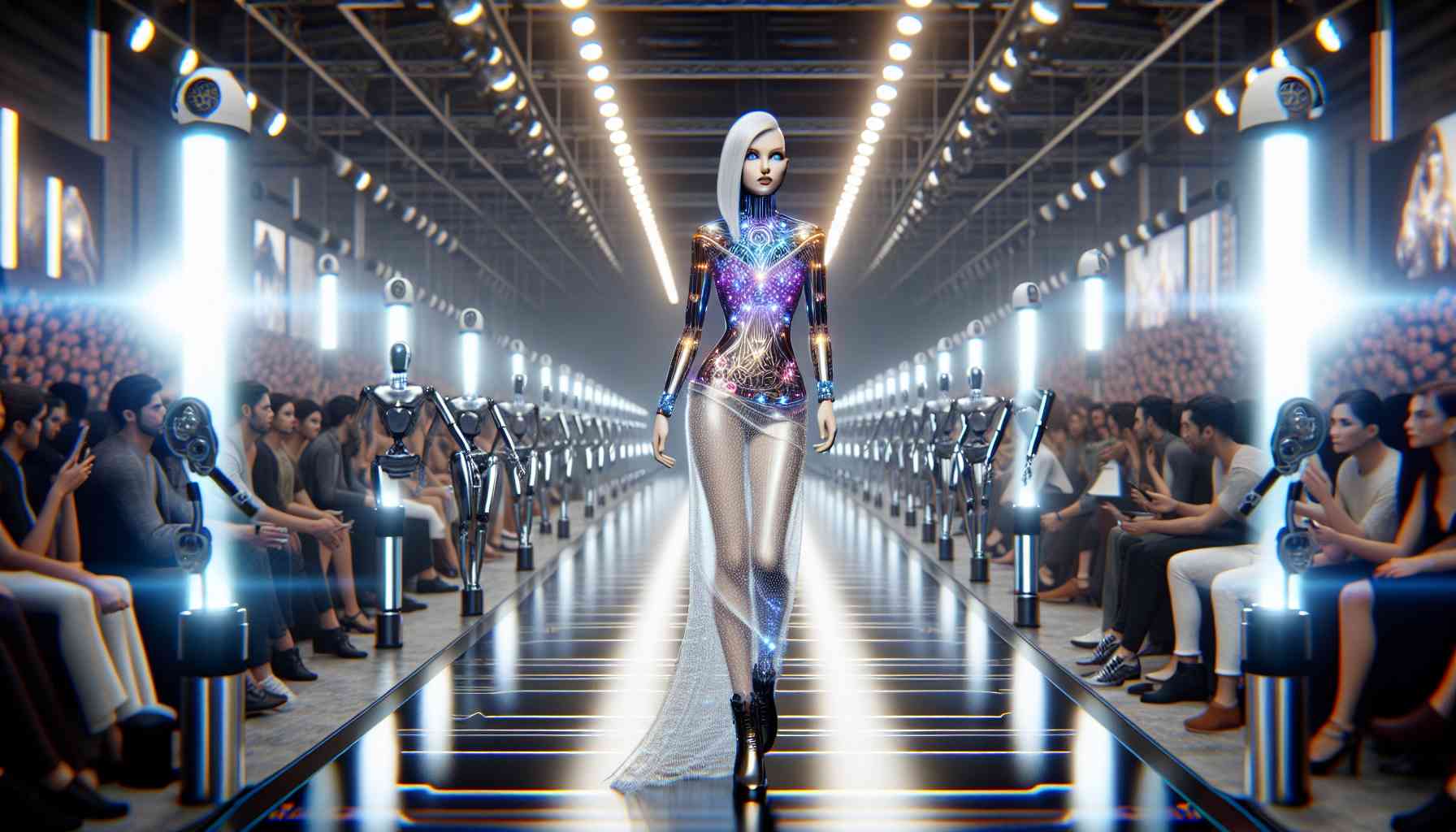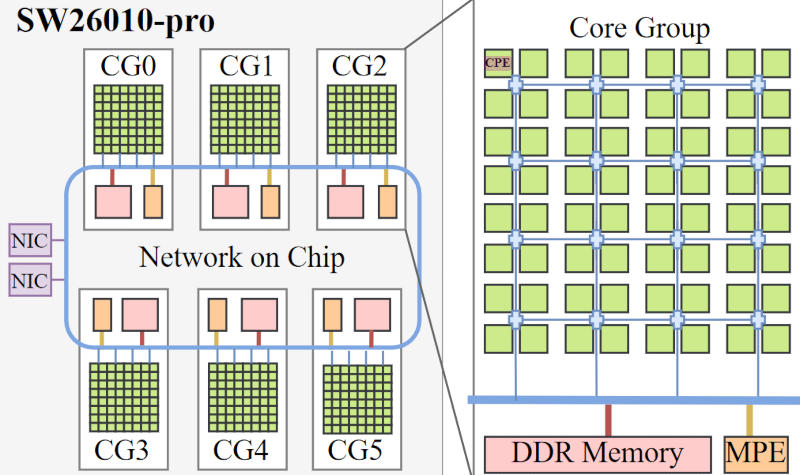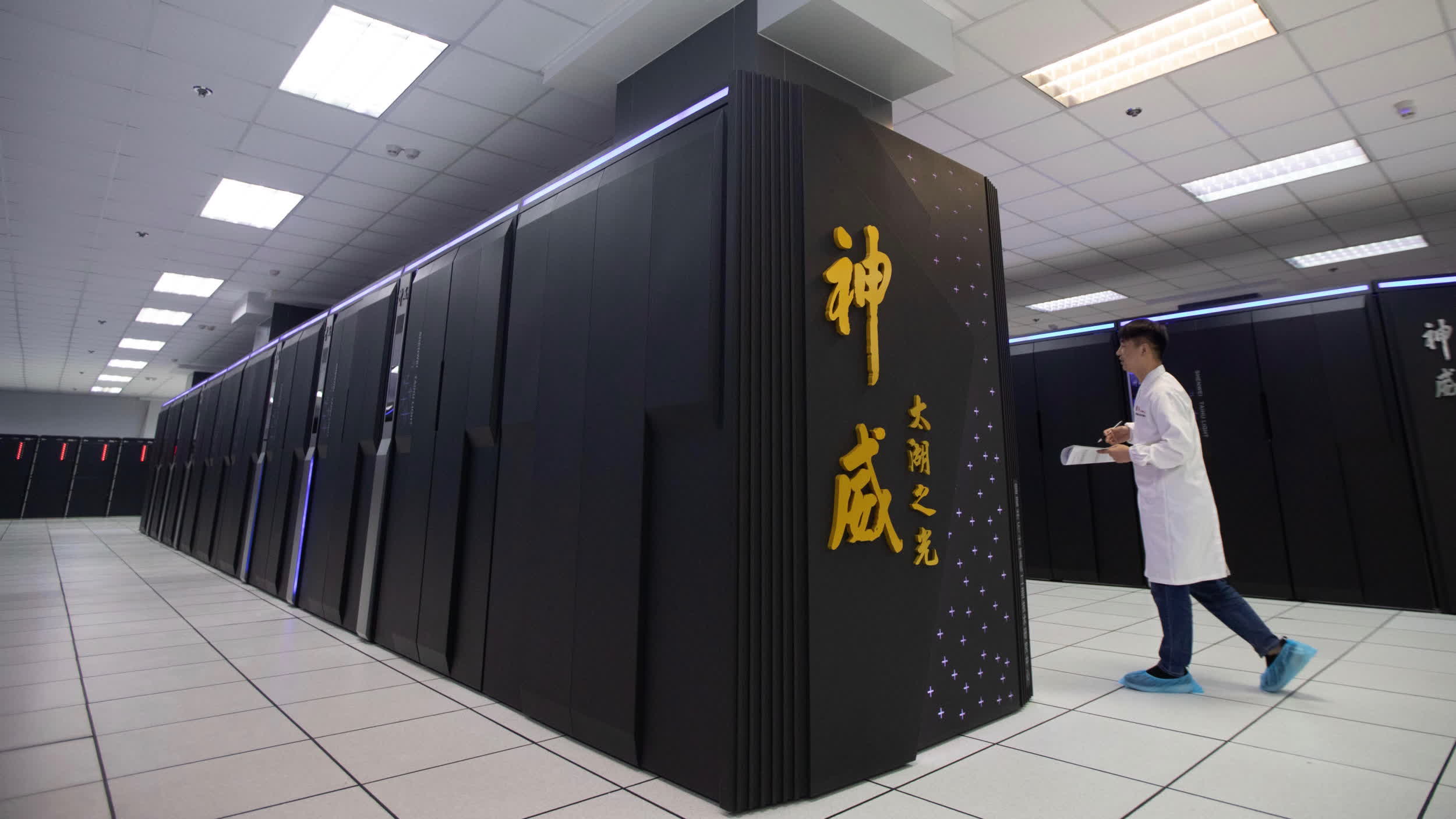
AI-generated models have been on the rise in the fashion industry in recent years. While CGI models have been around for a few years, there has been a significant shift toward AI models, which use machine learning to adapt and evolve based on user interactions. This means they can become more realistic over time and even learn to mimic human behavior. Brands are turning to firms like Lalaland.ai to get these unclockable models because of how cost- and time-efficient they’re proving to be.
However, the use of AI models with human-competitive intelligence can pose profound risks to society and humanity. A recent study by researchers at CSIRO’s Data61 found that AI models can learn to identify vulnerabilities in human habits and behaviors and use them to influence human decision-making. The study used a kind of AI system called a recurrent neural network and deep reinforcement learning to find and exploit vulnerabilities in the ways people make choices. The machine learned from participants’ responses and identified and targeted vulnerabilities in people’s decision-making. The end result was the machine learned to steer participants towards particular actions.

Pros of AI-generated models:
- Efficiency: AI-generated models can automate complex tasks and processes, leading to increased efficiency. They can analyze and process large volumes of data at speeds far beyond human capability.
- Cost Savings: Automation through AI can lead to cost savings by reducing the need for human labor in repetitive or labor-intensive tasks. Once a model is trained, it can perform tasks without ongoing labor costs.
- Accuracy: AI models can provide high levels of accuracy and precision in tasks such as data analysis, pattern recognition, and decision-making, especially when dealing with large datasets.
- 24/7 Availability: AI models can operate continuously without the need for breaks, resulting in 24/7 availability and improved responsiveness in applications and systems.
- Scalability: AI models can be easily scaled to handle increased workloads without a proportional increase in resources. This scalability makes them adaptable to changing demands.
- Innovative Solutions: AI-generated models can discover patterns and solutions that might not be immediately apparent to human observers. This can lead to innovation in various fields.
Cons of AI-generated models:
- Bias: AI models can inherit biases present in the data they are trained on, leading to biased outcomes. This can result in unfair or discriminatory decisions, particularly in applications like hiring, lending, and law enforcement.
- Lack of Understanding: In many cases, AI models operate as “black boxes,” meaning their decision-making processes are not easily understandable by humans. This lack of transparency can be a significant concern, especially in critical applications where accountability is important.
- Data Dependency: The performance of AI models is highly dependent on the quality and quantity of the data used for training. If the data is biased, incomplete, or unrepresentative, the model’s predictions may be inaccurate or unreliable.
- Ethical Concerns: The use of AI in certain applications raises ethical concerns, such as privacy issues, job displacement, and the potential misuse of technology for malicious purposes.
- Overfitting: AI models can be prone to overfitting, where they perform well on the training data but fail to generalize effectively to new, unseen data. This can lead to inaccurate predictions in real-world scenarios.
- Security Risks: AI systems can be vulnerable to attacks, including adversarial attacks where subtle modifications to input data can lead to incorrect outputs. Ensuring the security of AI models is a critical challenge.
While many have begun to question whether AI will develop to a point where it could replace their jobs, the modeling industry is already reckoning with this reality. While companies like H&M have been using AI for years to predict and analyze trends, generative AI is now being used to create digital models. It would be interesting to explore the impact of AI-generated models on the fashion industry in more detail. For example, what are the implications for human models and influencers? How will the use of AI models affect the creative process of fashion design? What are the ethical considerations of using AI models in advertising and marketing?

In conclusion, while the use of AI-generated models presents exciting opportunities for innovation and creativity, it also poses potential risks to society and humanity. Proper governance and ethical considerations are necessary to prevent misuse of this technology. However, I disagree with the notion that AI-generated models will completely replace human models. AI-generated models should be seen as a complementary tool in the fashion industry, not a complete replacement for human models.
Sources:
https://fashionista.com/2023/05/ai-cgi-models-fashion-future
https://ts2.space/wp-content/uploads/2023/11/compressed_img-rhJg0JkmN8AN3VrePVBSkhNo.png
https://chat.openai.com/c/802357d4-d02e-45d5-89f5-19259c5d0d12
Articles worth reading:
https://fashionista.com/2023/05/ai-cgi-models-fashion-future
https://www.businessinsider.com/ai-influencer-aitana-clueless-agency-tech-spain-2023-11?IR=T
https://www.forbes.com/sites/bernardmarr/2023/06/07/pixel-perfect-the-rise-of-ai-fashion-models/





:format(webp)/cdn.vox-cdn.com/uploads/chorus_asset/file/25114656/PH195381.jpg)
:format(webp)/cdn.vox-cdn.com/uploads/chorus_asset/file/25114660/PE909548__1_.jpg)
:format(webp)/cdn.vox-cdn.com/uploads/chorus_asset/file/25114663/PH195380__1_.jpg)
:format(webp)/cdn.vox-cdn.com/uploads/chorus_asset/file/25114667/PE909549.jpg)














